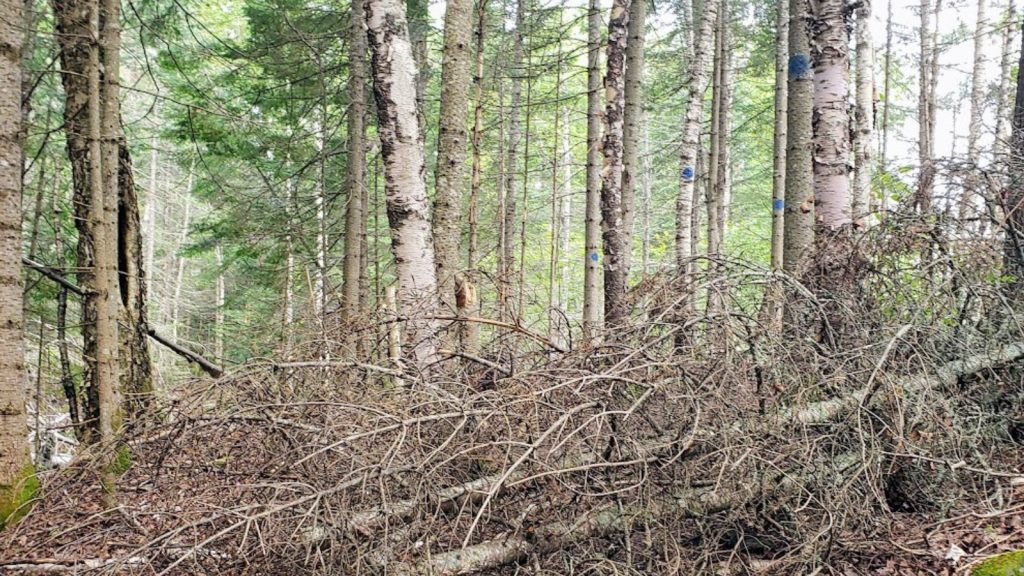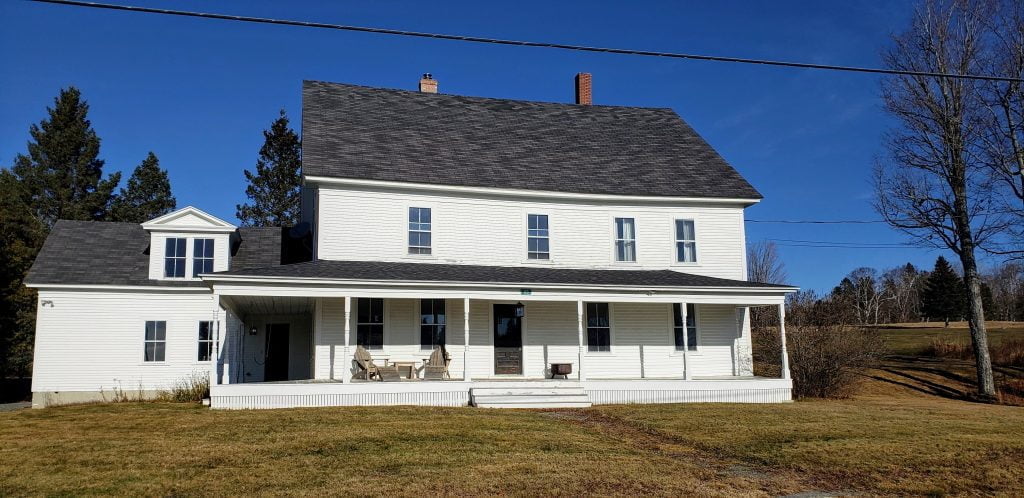Forests are vital to the health of the world, but they also require careful management to thrive. If you’re lucky enough to own a piece of this green paradise, you might be wondering, how to do forest management on your own property?
Managing your forest is more than just letting nature take its course. It involves a thoughtful, strategic approach to ensure that your woodland remains healthy and thriving for years to come.
It could save your life from a local forest fire. (If you live in a rural area like ours there may not be enough fire trucks to get a small forest fire out in time or in some areas of the country, not enough water.)
This blog post will provide key insights and tips to help you become a successful forest manager on your rural property, even if you’ve never done it before.
Understanding Control of Forests
Planning is a crucial aspect of control and maintenance of healthy and sustainable forests. Whether you own a small piece of land or a vast rural property, understanding the principles of managing your land is essential for the long-term health and productivity of your forested area.
What is Forest Management?
Forest management refers to the practice of planning, implementing, and monitoring activities that aim to promote the growth and overall health of a forest ecosystem.
It involves a range of techniques and strategies that are designed to ensure the sustainable use of forest resources while preserving the ecological balance.
Benefits of Managing Trees
- Enhanced Timber Production: Properly managed forests can yield higher-quality timber, providing a valuable source of income for landowners. Through selective harvesting, tree species can be strategically chosen and cultivated to maximize growth rates and timber quality.
- Wildlife Habitat Preservation: Forest management techniques, such as creating clearings and preserving mature trees, can provide habitat and food sources for a diverse range of wildlife species. By managing the forest carefully, you can help to maintain and support a healthy ecosystem.
- Reduced Risk of Forest Fires: Effective forest management practices, such as controlled burns and creating firebreaks, can help reduce the risk of devastating forest fires. By carefully managing vegetation density and fuel loads, you can minimize the impact of wildfires and protect your property from potential damage.
- Water Quality Protection: Forests play a vital role in maintaining water quality by acting as natural filters and regulating water flow. Proper forest practices can help prevent soil erosion, preserve water quality, and maintain the health of streams and rivers on your property.
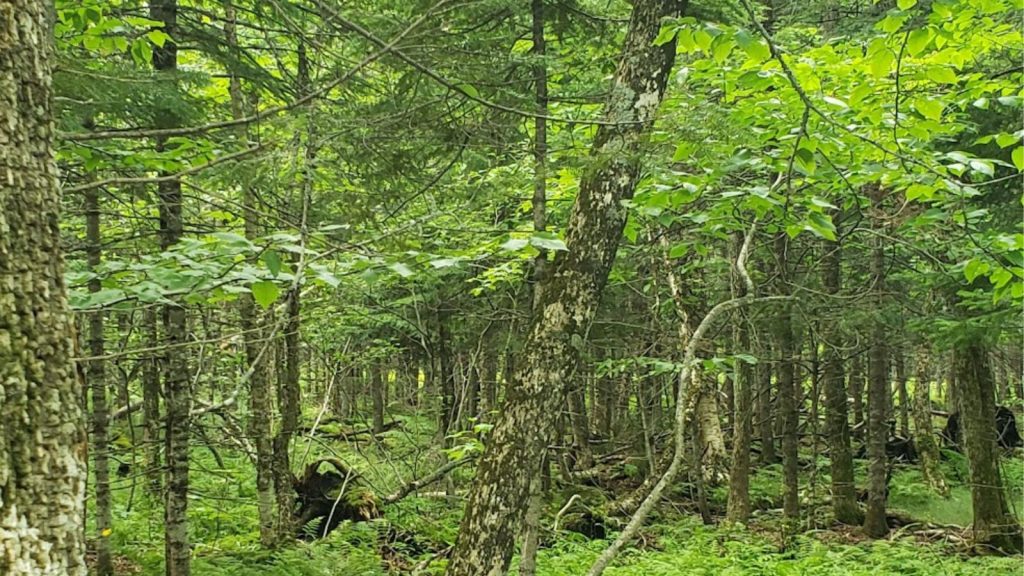
Importance of Controlling Forestry on Your Own Property
Controlling your own forested property is not only beneficial for the environment but also for your own personal gain. By taking an active role in forest care, you can:
- Ensure Long-term Forest Health: By implementing sustainable practices, such as tree planting, selective thinning, and invasive species control, you can ensure the long-term health and vitality of your forested area. This will allow you to enjoy the natural beauty and benefits of your property for years to come.
- Generate Income: Well-managed forests can provide a renewable source of income through timber harvesting, hunting leases, or even ecotourism ventures. By investing time and effort into forest management, you can create a sustainable revenue stream from your property.
- Leave a Legacy: By practicing responsible managing, you can leave a positive legacy for future generations. Your efforts to protect and enhance your forested property will contribute to the overall health of the ecosystem and provide a beautiful and productive space for future landowners to enjoy.
Assessing Your Forest
Before embarking on any activities on your property, it is crucial to assess the current state of your forest.
This assessment will help you understand the unique characteristics of your forest and provide valuable insights into the steps you need to take to maintain its health.
Determining Your Forest Type
Every forest is unique, and understanding the type of forest you have is essential for effective management. Forest types can vary based on factors such as climate, soil conditions, and the dominant tree species present.
Some common forest types include coniferous forests, (needles) deciduous forests, (shed leaves) mixed forests, and tropical rainforests.
To determine your forest type, start by observing the dominant tree species in your forest. Are they mostly conifers like pine, spruce, or fir? Or are they broadleaf trees like oak, maple, or birch?
Identifying the dominant tree species will provide a good indication of your forest type.
Additionally, consider the overall structure and density of your forest. Is it a dense, closed canopy forest, or does it have a more open, scattered tree composition? This information will further assist in determining your forest type.
Assessing the Health of Your Trees
Tree health is a crucial aspect to managing your trees. Healthy trees are more resilient to threats such as pests, diseases, and environmental stressors.
Conducting a thorough assessment of your trees’ health will help you identify any issues and take appropriate action.
Start by evaluating the overall appearance of your trees. Look for signs of vitality such as full crowns, vibrant foliage, and straight trunks. Conversely, be on the lookout for signs of decline, such as thinning canopies, discolored or wilting leaves, and dead branches.
Inspect your trees for any visible signs of pests or diseases. Look for insect infestations, fungal growth, or physical damage to the bark. If you notice any abnormalities, consult with a local forestry expert to determine the best course of action.
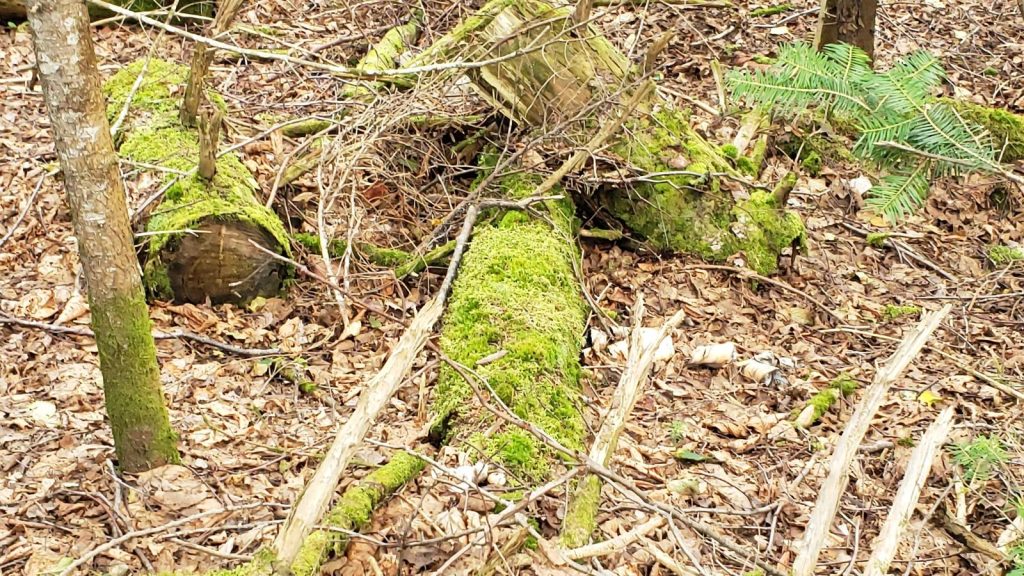
Identifying Invasive Species and Pest Infestations
Invasive species and pest infestations can pose significant threats to the health and biodiversity of your forest. These unwanted organisms can outcompete native species, disrupt ecosystem balance, and cause extensive damage to trees and vegetation.
To identify invasive species, familiarize yourself with the common invaders in your region. They can vary depending on your location, but some examples include Japanese knotweed, garlic mustard, and emerald ash borer.
Research local resources or consult with a forestry professional to learn more about invasive species specific to your area.
Regularly monitor your forest for signs of invasive plants or pests. Look for rapid growth of unfamiliar plants, changes in vegetation patterns, or visible damage to trees.
Early detection is key to effectively managing these threats and preventing their spread.
Setting Goals for Your Forest
When it comes to managing your own property, it’s essential to start with a clear set of goals in mind. Setting goals will help guide your decision-making process and ensure that you are working towards achieving the desired outcomes for your forest.
Defining Your Objectives
Before you dive into the management of your area, it’s crucial to define your objectives. What do you hope to achieve with your forest?
Are you looking to generate income from timber harvesting, create recreational opportunities, or a combination of these goals?
To define your objectives, take some time to consider the following questions:
- What are your short-term and long-term goals for your forest?
- How do you envision your forest in the future?
- What values and priorities do you have when it comes to your forest?
- What are your personal or financial expectations from your forest property?
By answering these questions, you can gain clarity on what you want to accomplish and tailor your management strategies accordingly.
Considering Environmental Factors
Some key factors to consider include:
- Soil conditions: Different soils have varying nutrient content, drainage capabilities, and water-holding capacity, which can impact tree growth and overall forest health.
- Climate: The climate of your region will affect the types of tree species that are suitable for your forest, as well as their growth rates and resilience to pests and diseases.
- Topography: The slope, aspect, and elevation of your land can influence water availability, sunlight exposure, and wildlife habitat.
By considering these factors, you can make informed decisions about tree species selection, silvicultural practices, and the overall management approach that best suits your forest’s unique environmental conditions.
We have noticed a huge difference in trees in our new rural area from our old suburban life. The trees here go through a much colder winter and the base of the trees often get uprooted. A wind storm can take down a lot more trees and sometimes wires with them.
A generator becomes a must in areas like that where trees may take down your utilities.
Developing a Long-Term Plan
When developing your plan, consider the following elements:
- Inventory your forest: Assess the current state of your forest by recording information such as tree species, age classes, stand density, and overall health. This inventory will provide a baseline for future monitoring and evaluation.
- Identify management activities: Based on your objectives, determine the specific management activities required to achieve them. This may include timber harvesting, reforestation, wildlife habitat improvement, invasive species control, or recreational infrastructure development.
- Create a schedule: Develop a timeline for implementing different management activities. This schedule should consider factors such as optimal timing for specific operations, budget constraints, and resource availability.
- Seek professional advice: If you’re unsure about certain aspects of forest management or need assistance in developing your plan, don’t hesitate to consult with forestry professionals or seek guidance from local extension offices.
Remember, a good plan is flexible and adaptable to changing conditions over time.
Implementing Best Practices
When it comes to your own property, there are several important practices that can help you maintain a healthy and sustainable ecosystem.
Sustainable Logging Techniques
Logging is an integral part of working your forest, but it needs to be done in a sustainable manner. Sustainable logging techniques prioritize the conservation and preservation of the forest ecosystem.
One such technique is selective logging, where only specific trees are harvested while leaving the rest untouched. This approach helps to maintain the overall structure and composition of the forest, minimizing the impact on wildlife habitats and biodiversity.
Another important technique is low-impact logging, which involves using specialized machinery and equipment that minimize soil disturbance and minimize damage to surrounding trees.
By carefully planning and executing logging operations, you can reduce erosion, protect water quality, and maintain the integrity of the forest ecosystem.
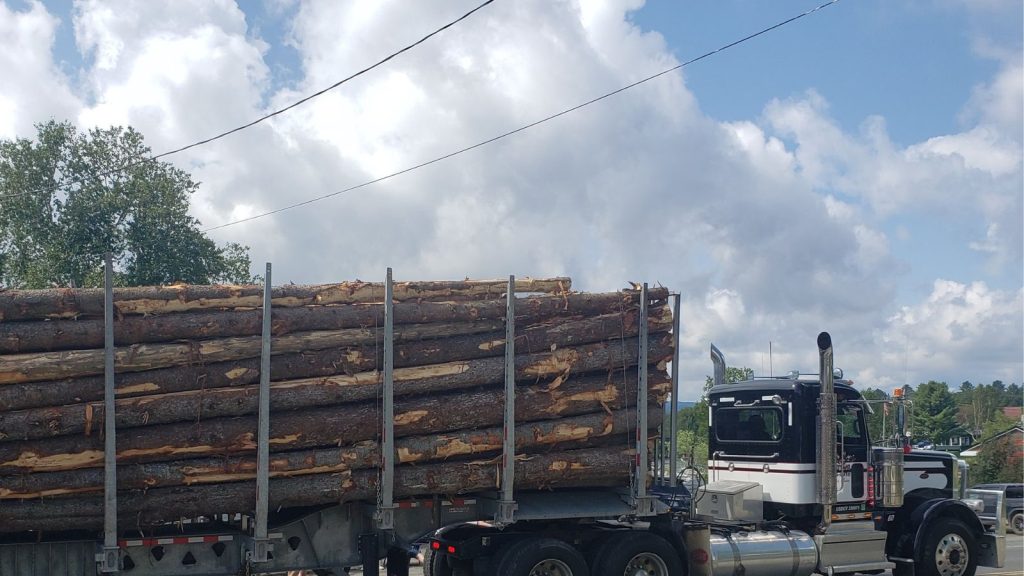
Thinning and Pruning Strategies
Thinning and pruning are essential practices for promoting the growth and health of your forest. Thinning involves selectively removing some trees to create more space and resources for the remaining trees.
This allows for better air circulation, reduces competition for nutrients and sunlight, and minimizes the risk of disease and insect infestation.
Thinning also improves the overall structure of the forest, making it more resilient to wind events and wildfires.
Pruning, on the other hand, involves removing lower branches from trees to improve their form and quality. This practice helps to increase the timber value of the trees and reduces the risk of disease and pest infestation.
Pruning also enhances the aesthetic appeal of the forest, making it more enjoyable for recreational activities.
Regeneration and Reforestation Methods
Regeneration and reforestation are crucial steps in maintaining a healthy and productive forest.
Regeneration refers to the natural process of new tree growth, while reforestation involves the deliberate planting of trees in areas that have been harvested or disturbed. Both practices contribute to the renewal and sustainability of the forest ecosystem.
To encourage natural regeneration, it’s important to create favorable conditions for seed dispersal and germination. This can be achieved by leaving seed-bearing trees intact during logging operations and reducing competition from understory vegetation.
By allowing natural regeneration to occur, you can ensure the establishment of different and resilient tree species that are well-suited to the local environment.
In cases where natural regeneration is insufficient, reforestation becomes necessary. This involves planting tree seedlings in areas that require restoration or where tree cover has been lost.
Consideration should be given to selecting which tree species that are well-adapted to the area.
Maintaining the Health of Your Forest
When it comes to managing your own forest, ensuring the health of your trees and the overall ecosystem is of utmost importance.
By monitoring for disease and pests, managing soil and water resources, you can maintain a thriving forest that will benefit your own property and the surrounding area.
Monitoring for Disease and Pest Control
Keeping a close eye on the health of your trees is essential for effective ways to manage. Regular monitoring allows you to detect early signs of disease or infestation, enabling you to take prompt action and prevent further damage.
Here are a few steps you can take to monitor the health of your forest:
- Visual Inspection: Regularly inspect your trees for any signs of discoloration, wilting leaves, or abnormal growth patterns. Look out for fungal infections, insect damage, or any other indications of disease or pest presence.
- Identification: Familiarize yourself with common tree diseases and pests in your region. This knowledge will help you identify potential issues more accurately.
- Sampling: If you suspect a problem, take samples of affected trees or pests to a local agricultural extension office or a specialist who can provide an accurate diagnosis.
- Integrated Pest Management: Once you have identified a specific pest or disease, consider employing integrated pest management techniques. This approach combines biological, cultural, and chemical control methods to minimize the use of pesticides and promote long-term ecological balance.
Managing Soil and Water Resources
The health of your forest is closely linked to the quality of its soil and water resources. Proper care of these elements is essential for sustaining a thriving ecosystem. Here are some strategies to consider:
- Planting Native Species: Opt for native tree species when planting or restoring areas of your forest. Native plants are often better adapted to local conditions and provide essential food and shelter for native wildlife.
- Creating Habitat: Designate areas within your forest for wildlife habitat. This can include leaving dead trees standing, creating brush piles, or installing birdhouses and bat boxes.
- Invasive Species Control: Regularly monitor and remove invasive plant species that can outcompete native plants and disrupt the natural balance of your forest.
- Selective Harvesting: If you engage in timber harvesting, practice selective cutting techniques that mimic natural disturbances and allow for the regeneration of various tree species.
Seeking Professional Assistance
If you own a property and are interested in managing your forest effectively, seeking professional assistance can be extremely beneficial.
While it may be tempting to take on the task of forest management on your own, collaborating with experts in the field can provide you with valuable insights, resources, and guidance.
Working with Forestry Consultants
Forestry consultants are professionals who specialize in forest control and can offer their expertise to help you make informed decisions about your property. These consultants possess a wealth of knowledge and experience in various aspects of forest managing, including timber harvesting, wildlife habitat enhancement, and ecological restoration.
By working with forestry consultants, you can benefit from their expertise in assessing the health and condition of your forest, identifying potential risks and opportunities, and developing a comprehensive management plan tailored to your specific goals.
They can also provide guidance on sustainable practices, such as selective logging techniques or prescribed burning, to ensure the long-term health and resilience of your forest ecosystem.
Engaging with Local Conservation Organizations
Local conservation organizations play a vital role in promoting sustainable forest practices and preserving natural habitats. These organizations often offer programs and resources aimed at assisting private landowners in managing their forests effectively.
By reaching out to these organizations, you can gain access to workshops, training sessions, and educational materials that can enhance your knowledge and skills in the management of your forest.
They may also provide opportunities for networking and connecting with other landowners who share similar interests and goals.
Collaborating with local conservation organizations can provide you with a supportive community and a platform to exchange ideas and experiences.
Benefits of Joining Forest Programs
Joining forest programs can offer numerous advantages for landowners interested in sustainable forest care. These programs are typically led by government agencies, non-profit organizations, or educational institutions, and they aim to promote responsible forest practices while providing financial incentives and technical support.
By participating in these type of programs, you can access financial assistance for activities such as reforestation, habitat restoration, or implementing conservation measures. These programs often involve long-term partnerships, which means you can benefit from ongoing support, monitoring, and evaluation of your efforts.
Additionally, being part of a program may open doors to additional resources, grants, or certifications that can further enhance the value and sustainability of your forest.
Conclusion
In conclusion, managing trees on your own property can be a rewarding and beneficial endeavor. By implementing sustainable and responsible practices, you can not only maintain the health and vitality of your rural forest.
Additionally, staying informed about local regulations and engaging in continuous learning will help you make informed decisions and adapt to changing circumstances.
With dedication and proper management, you can create a thriving forest ecosystem that will provide numerous benefits for generations to come.
Have you had to manage your own forest in your rural area? I’d love to hear about it in the comments below.
